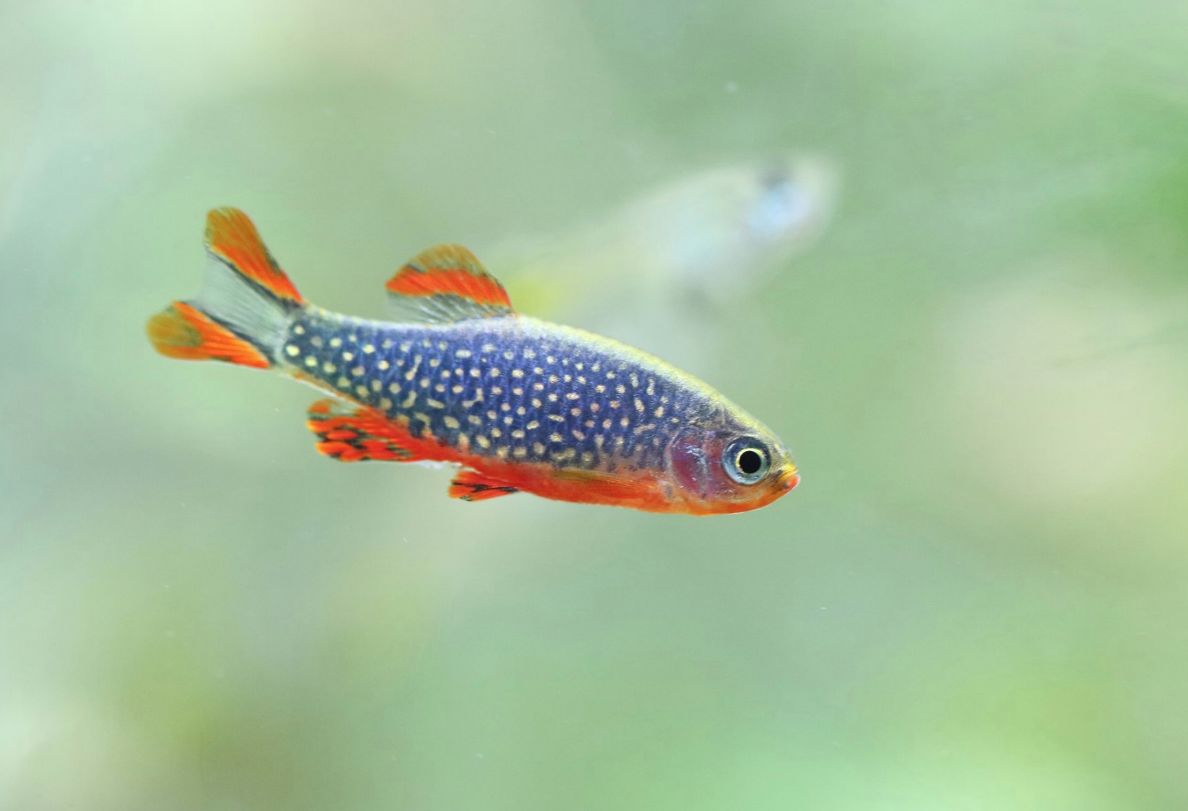
Celestial Pearl Danio (Galaxy Rasbora) A Comprehensive Guide
Celestial pearl danio, galaxy rasbora, fireworks rasbora: Distribution: Myanmar and northern Thailand: Size: 0.75-1 inch: Life expectancy: 3-5 years: Color: Dark blue with white/yellow spots in a galaxy pattern: Diet: Omnivore: Temperament: Peaceful: Minimum tank size: 10 gallons: Temperature: 71-78°F (21.6-25.5°C) pH:

Aqua Huna Galaxy Rasbora Celestial Pearl Danio
The name of the fish has just changed from Galaxy Rasbora to Celestial Pearl Danio. Researchers did this after they established that the fish is closely related to the Danios fish species. When the researchers first discovered the fish, it used to be called the Microrasbora sp. Today, its official name of Danio Margaritatus.

Celestial Pearl Danio (Galaxy Rasbora) Care, Diet, and Breeding, etc. • Aquarium Fishes
In this video, I show you how to breed and care for the celestial pearl danio or galaxy rasbora (Danio margaritatus). MERCH ↠ https://keepingfishsimple.com/c.

Celestial Pearl Danio AKA Galaxy Rasbora (Celestichthys margaritatus) TankBred!
The Celestial Pearl Danio is a freshwater fish. It is found in vegetated small ponds in SouthEast Asia. This freshwater fish was discovered within the last decade. Aquarium hobbyists have very quickly fallen in love and adopted these tiny Danios. These types of fish boast a lot of color from the red coloration on the fins to the white pearl.

Galaxy Rasbora / Celestial Pearl Danio XL 6 pack Aqua Huna
Celestial Pearl Danios (aka Galaxy Rasboras) are a beautiful freshwater species that we recommend all the time. Their mix of beauty and straightforward care requirements make them a no-brainer for any aquarist looking to bring a splash of color to their tank. Even though they're a popular nano aquarium choice, they're more versatile than.
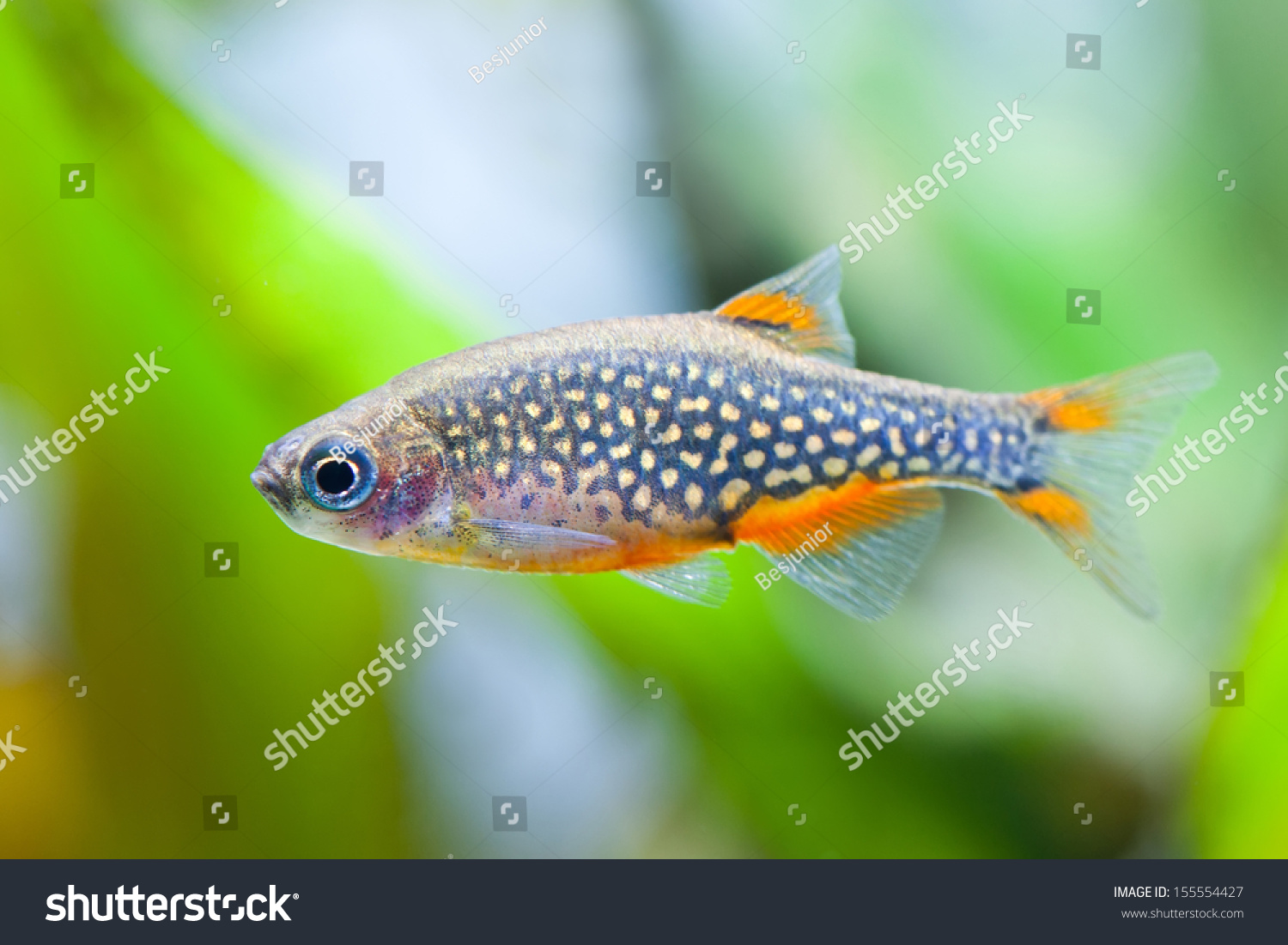
Danio Margaritatus. Aquarium Fish. Aqua Life. The Celestial Pearl Danio. Galaxy Rasbora
November 23, 2023 by Sergey Schulz. The Celestial Pearl Danio (Danio margaritatus), also known as Galaxy Rasbora or simply CPD is a small, bright colored fish, that appeared the aquarium trade not so long ago. Moreover, only in 2006 it became known within the scientific community. This is when it was discovered.
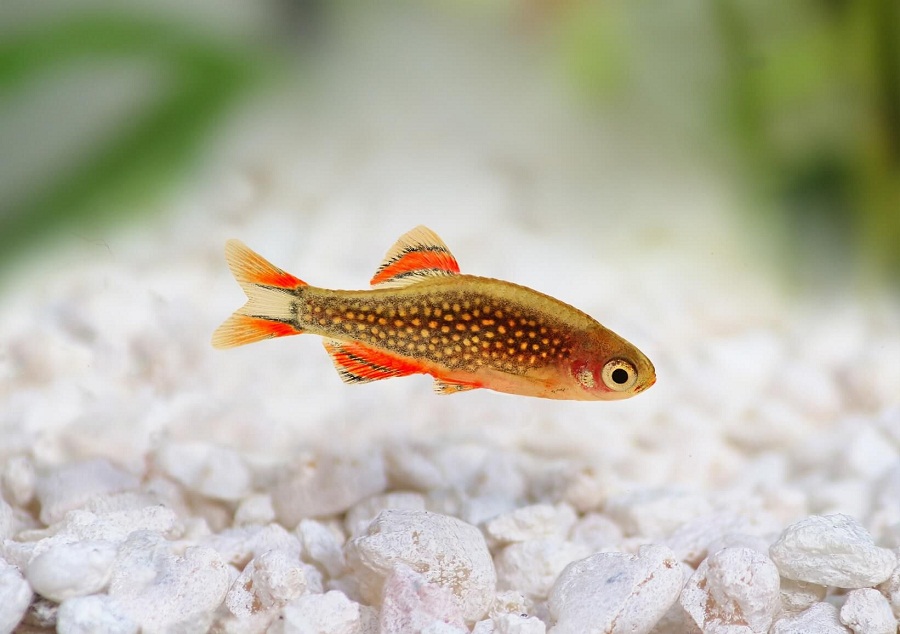
Celestial Pearl Danio (Galaxy Rasbora) Info with Care Details and Pictures
The ideal water temperature for celestial pearl danios is 72-76°F (22-24°C). The ideal pH for celestial pearl danio is between 6.5 and 7.5. The ideal water hardness for celestial pearl danio is 5 to 12 dGH. The minimum tank size for Celestial Pearl Danios is 10 gallons, but the recommended tank size is 20+ gallons.

Celestial Pearl Danio / Galaxy Rasbora (Celestichthys margaritatus) Aqua Imports
Danio margaritatus goes by many common names, such as galaxy rasbora and celestial pearl danio, because of the striking golden spots scattered on their dark bodies. They grow up to 1 inch (2.5 cm) long and feature bright, red-orange fins with black striping. Discovered in 2006, they come from Southeast Asia and live in shallow waters with dense.
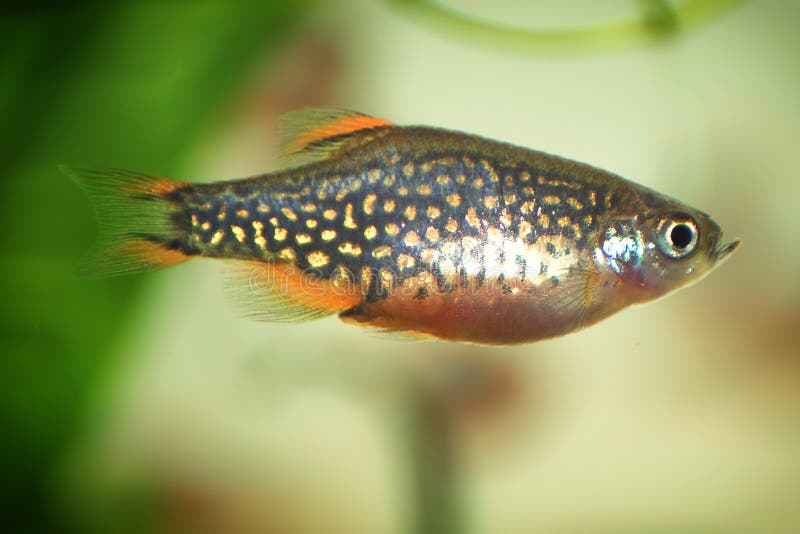
Celestial Pearl Danio, Danio Margaritatus Freshwater Fish in the Aquarium, is Often As Often
Celestial Pearl Danio (Galaxy Rasbora) Habitation and Tank. Galaxies, like Celestial Pearl Danio fish (Rasbora Galaxy), are naturally adapted to living in a group environment. It is the natural genetic tendency of all living things to live in groups. In all-natural environments, there is more life than could survive alone.
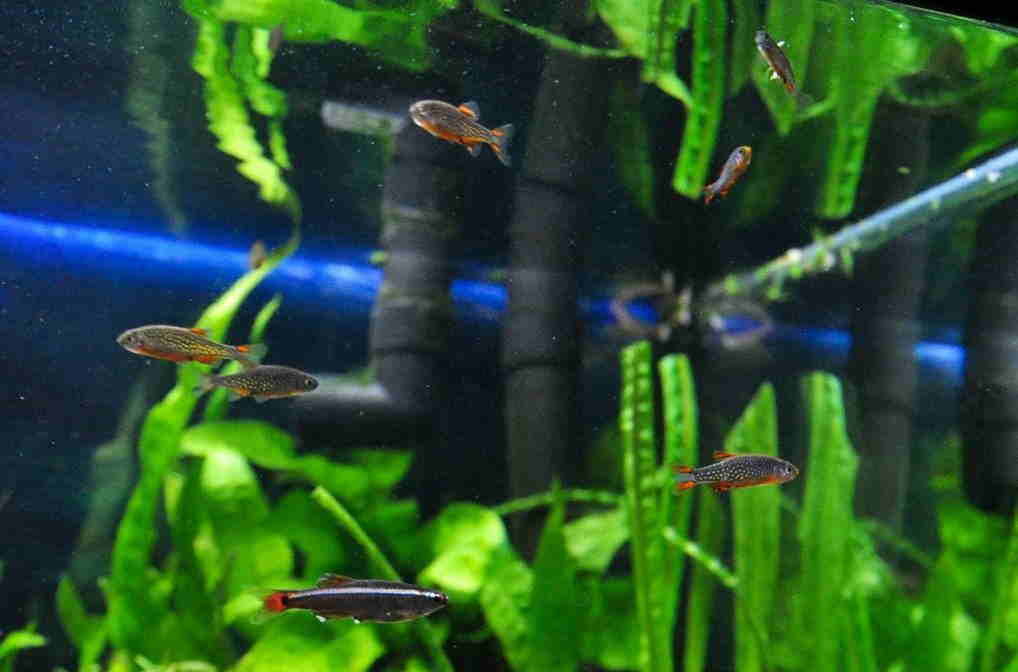
Celestial Pearl Danio (Galaxy Rasbora) A Comprehensive Guide
Male Celestial Pearl Danios may swim together with female fish of their own species. Male to Female Ratio - 1 male per tank. The remainder of Celestial Pearl Danios in the tank should be females. Schooling Behaviors - These fish will group together to eat, and may swim together in somewhat loose school formations.

Celestial Pearl Danio Care Guide (aka Galaxy Rasbora)
The celestial pearl danio, also known as Galaxy Rasbora or Microrasbora sp. "Galaxy," is the perfect option. These tiny freshwater gems, native to Southeast Asia, enthrall aquarium enthusiasts worldwide with their stunning colors and twinkling spots.
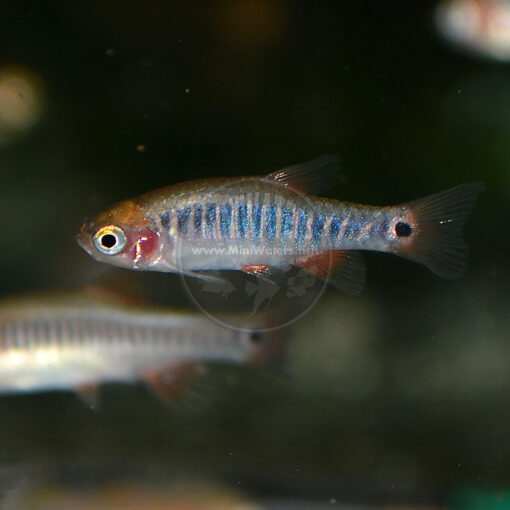
Danio margaritatus "Celestial Pearl Danio / Galaxy Rasbora" Shop MiniWaters.FISH Online
This explains why it's referred to as a rasbora even though it actually belongs to the genus Danio. "Celestial pearl Danio" has been suggested as a common name to prevent confusion. Natural habitat. Galaxy rasboras are naturally found in the Asian countries of Myanmar and Thailand. Here, they inhabit a very specific habitat type.

Galaxy Rasbora Galaxy Rasbora or Celestial Pearl Danio
Danio margaritatus is commonly distributed from Northern Thailand and Myanmar and requires an omnivore diet. These danios can grow from 0.75 to 1 inch and have a life expectancy between 3 to 5 years. Their usual colors are dark blue with yellow or white spots in a galaxy pattern, hence their common name galaxy rasbora.
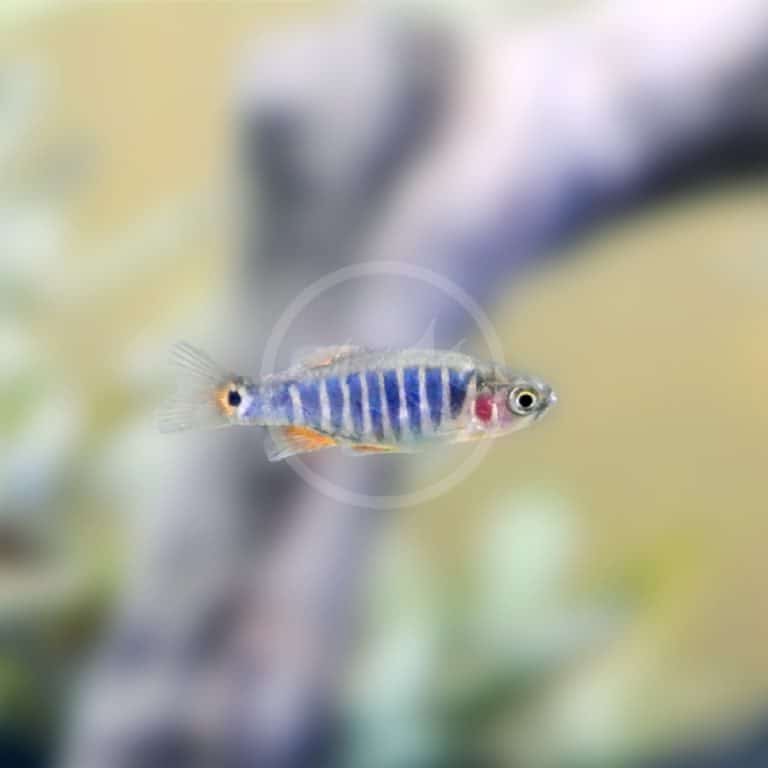
DANIO CELESTIAL PEARL / GALAXY RASBORA Danio margaritatus Aquatics Unlimited
The celestial pearl danio (galaxy rasbora) may be the perfect choice! These little fish are beautiful and easy to care for, making them a popular choice for both beginner and experienced aquarists. In this guide will provide you with all the information you need to care for these amazing creatures properly. We'll cover everything from their.

Celestial Pearl Danio Care Guide (aka Galaxy Rasbora)
Important Note: Celestial Pearl Danio fish first discovered in 2006. Although they belonged to the genus Microrasbora. A study conducted two years later in 2008 found that the Rasbora galaxy was not Microrasbora galaxy but belonged to more like Danio. Celestial Pearl Danio is a species of fish full of surprises.
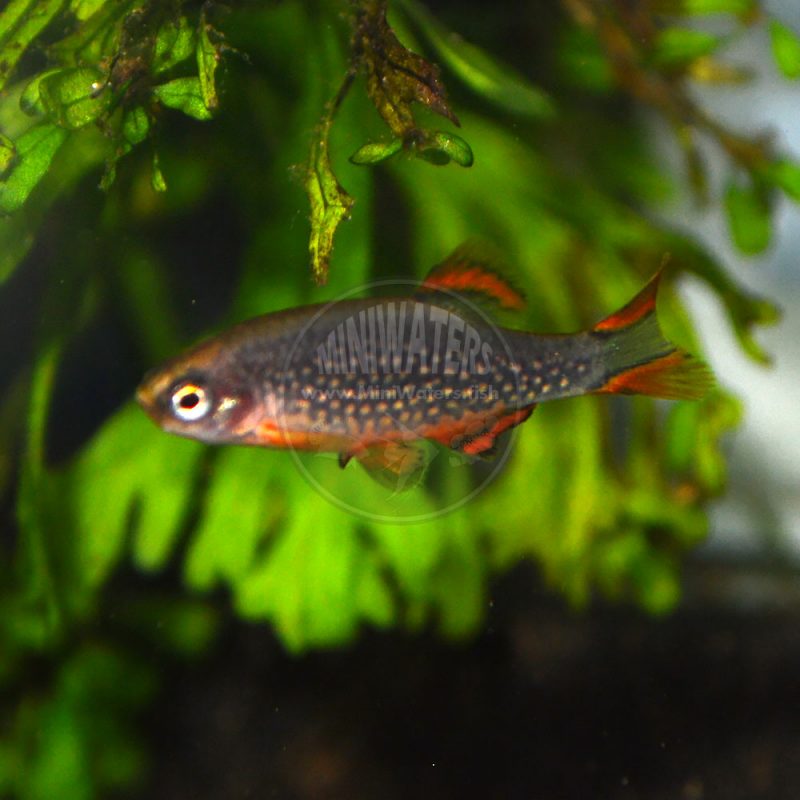
Danio margaritatus "Celestial Pearl Danio / Galaxy Rasbora" Shop MiniWaters.FISH Online
Celestial Pearl Danio, also known as Galaxy Rasbora or Microrasbora Galaxy, is a small, colorful fish native to Thailand. It is a popular species in the aquarium trade due to its vibrant patterns and peaceful nature.
- I Musulmani Festeggiano Il Compleanno
- Che Fine Ha Fatto Il Padrone Di Aron
- Intervento Vigili Del Fuoco Si Paga
- Statistiche Cavese Ischia Calcio
- Coniugazione Verbi Greco Antico Pdf
- Come è Morto Michael Jackson Oggi
- La Cantano I Francesi Prima Delle Partite Della Nazionale Cruciverba
- Valore 2 Euro Expo 2015
- Insetti Simili A Scarafaggi Piccoli
- Villa D Este Home Tivoli